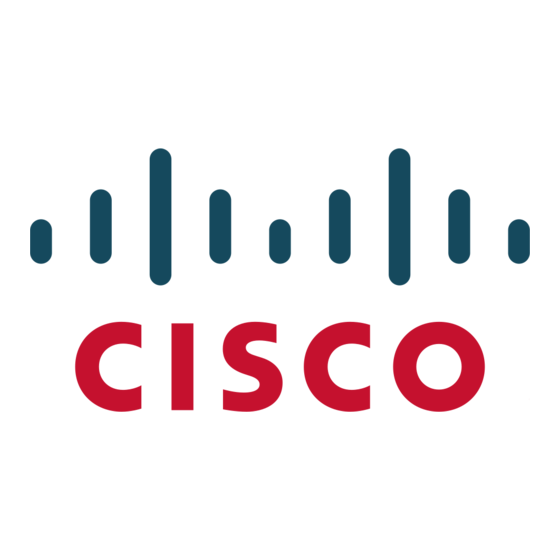Caller ID on Cisco 2600 and 3600 Series Routers and Cisco MC3810 Multiservice Concentrators
Command
Step 3
Router(config-voiceport)# station-id number number
Step 4
Router(config-voiceport)# caller-id block
Caller ID Configuration Task List
Purpose
Configure the station number on FXS voice ports
connected to user telephone sets. This sets the
caller-ID information for on-net calls originated by
the FXS port.
You can also configure the station number on an FXO
port of a router for which incoming caller ID from the
PSTN subscriber line is expected. In this case, if no
caller-ID information is included on the incoming
PSTN call, the call recipient receives the information
configured on the FXO port instead. If the PSTN
subscriber line does provide caller-ID information,
this information is used and the configured station
name is ignored.
If the caller-ID station number is not provided by
either the incoming PSTN caller ID or by the station
number configuration, the calling number included
with the on-net routed call is determined by Cisco
IOS software by using a reverse dial-peer search. In
this case, the number is obtained by searching for a
POTS dial-peer that refers to the voice-port and the
destination-pattern number from that dial-peer is
used.
number is a string of 1 to 15 characters identifying the
station telephone or extension number.
(FXS ports only) When this command is configured at
the originating end of a call, it requests that the
originating calling party information not be displayed
at the called party's telephone.
The calling party information is included in
Note
the routed on-net call, as this is often required
for other purposes, such as billing and call
blocking. The request to block display of the
calling party information on terminating FXS
ports will normally be accepted by Cisco
routers, but no guarantee can be made
regarding the treatment by other equipment.
This command affects all calls sent to an FXO station
from the configured FXS station. The central office
(CO) may supply a feature code that a user can dial in
order to block caller-ID transmission on a call-by-call
basis.
When a blocked-information call passes through an
FXO interface on the way to its destination, the
blocking is passed on to the receiving party.
Cisco IOS Voice, Video, and Fax Configuration Guide
VC-819

